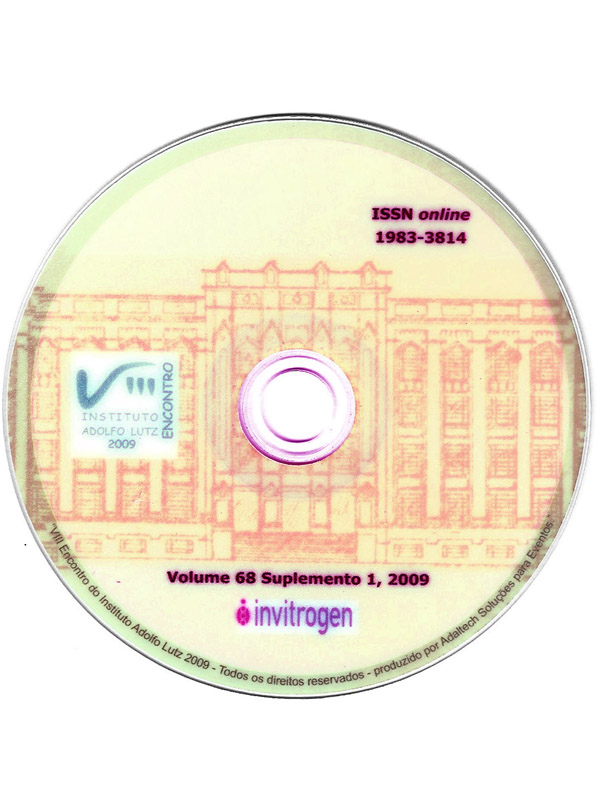Resumen
Human group A rotavirus is the major cause of severe gastroenteritis in infants worldwide. Rotavirus strain surveillance has a high priority in disease control programmes worldwide. The continued identification of the most common VP7 (G) and VP4 (P) rotavirus types before and subsequent to the introduction of a vaccine is an important priority. The monitoring interspecies transmission of animal virus to human, and surveillance of potential reassortment between human and animal viruses, such as human and vaccine strains also is critical, because these events may lead new strains. Methods used in the characterization of rotavirus strains, such as enzyme immunoassay serotyping and reverse-transcription PCR-based genotyping often fail to identify unusual and newly appearing strains. The application of new molecular methods developed recently, including PCR-ELISA and Microarray hybridization, may be required to characterize such strains. In this study we utilized the PCR-ELISA and Microarray Hybridization Assay for G and P identification from 181 human rotavirus stool strains collected in three States of Brazil (Paraná, Santa Catarina and São Paulo), between 2004 and 2006. Previously, these samples were nontypeable or type questionable by traditional multiplex reverse transcription-PCR genotyping. A total of rotavirus strains analyzed, 82% were identified for G-genotypes and 66.3% for P-genotypes. Among these rotavirus strains were detected G1, G2, G3, G9, and G12 considered unusual in our country; types P [4], P [8] and P [9]. The PCR-ELISA and Microarray Hybridization Assay have shown high sensitivity and specificity in the characterization of rotavirus in genotypes, since both employ several probes for specific types G and P. The use these new methodologies can elucidate situations that were not possible by use of technology as conventional Multiplex RT-PCR. Knowledge of the molecular diversity of rotavirus may have important implications for future developments of vaccines, because genomic rearrangements and reassortment can occur naturally, and moreover, after introduction this vaccine.

Esta obra está bajo una licencia internacional Creative Commons Atribución 4.0.
Derechos de autor 2009 Revista del Instituto Adolfo Lutz
